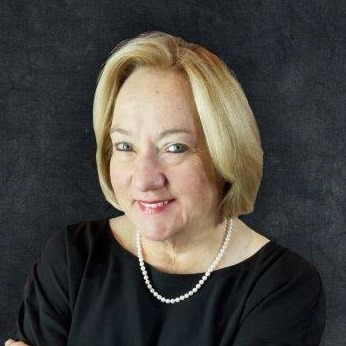Change 2
Continuing with the theme of change and change management seems appropriate given our current global perspective and certainly our place in history.
Generations to come will consider the Covid pandemic and the multitude of other issues we’re dealing with, and our ability to make the changes necessary to preserve among other important considerations, the health and well-being of business in America. Foundational to our discussion of change management, is assessing an organization’s readiness for change. I’ve learned the hard way the extreme importance of a thorough and extensive pre-launch assessment and evaluation.
In Managing Change: Making the Most of Transitions (2016), William and Susan Bridges provide a fifteen item checklist for evaluating organizational readiness. The questions can be answered by a combination of surveys and personal interviews with key stakeholders. The following information is taken from Appendix A, pages 159-161.
- Is there a fairly widespread sense that the change is necessary? Is the change solving a real problem, or do people think that it’s happening for some other reason? Nothing is harder to stomach than losses and uncertainty that you believe “didn’t have to happen.”
- Do most people accept that whatever change is taking place represents a valid and effective response to the underlying problem? A “bad idea” is going to produce a transition that is particularly hard to manage.
- Has the proposed change polarized the workforce in any way that is going to make the transition more disruptive than it would otherwise have been?
- Is the level of trust in the organization’s leadership adequate? There are always minor issues on this score, but when the level of trust is low, the leaders have a very hard time bringing the people along with them
- Does the organization provide the people with adequate training for the new situations and roles it thrusts them into? An organization that doesn’t do that is likely to find people holding back and resisting the new beginning that will make the transition work as intended.
- Does the organization tend to blame people if they make mistakes in a new situation? If it does, people are going to wait for others to make the first move as they start to emerge from the neutral zone, and the organization will stay in transition longer than it needs to.
- Is the change part of a widely understood strategy that is designed to move the organization in a direction that fits with a fairly clear vision of the future?
- Have the endings that are implicit in this change been talked about publicly? Do people know what it is time to let go of and why?
- Does the organization’s history work in its favor during times of transition, or are there old scars and unresolved issues that surface and make people uncertain and mistrustful?
- Has the change been explained to those who are going to be affected by it in as much detail as is currently possible?
- Are there people within the organization that have the expertise in the handling of change and transition? Is their assistance available to others in the organization who may need it?
- Has a clear set of responsibilities been established for seeing that the human side of change goes well? Do the people with those responsibilities have the resources to get their task done?
- Do the leaders of the change understand that the transitions will necessarily take considerably longer to complete than the changes? Does the timetable for the project reflect that understanding?
- Has the organization set up some way to monitor the state of the transition? This would not necessarily be a Transition Monitoring Team, but something more than the everyday reporting relationships in the organization.
- Does the culture of the organization validate the idea of helping employees deal with the problems they encounter, or are they pretty much on their own?
Weekly Challenge: Consider and current changes in your organization, company, or business in the light of utilizing these 15 questions.
Supporting Your Success!
KJ

